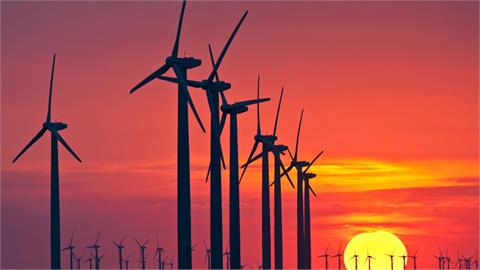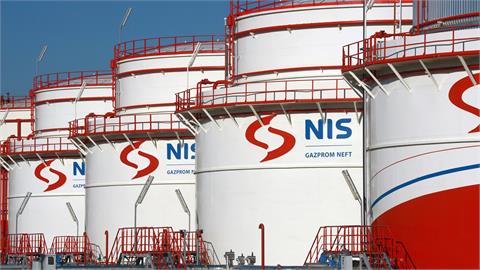Oil production cuts by the Organization of Petroleum Exporting Countries (OPEC) disrupts planned production programs and related oil service projects throughout the world, according to the CEO of Dateline Energy Services Ltd. in Nigeria.
OPEC made its third oil production cut since 2016 last Friday, but according to CEO, Wilson E. A. Opuwei, every time the organization decides to have its member states curb their production, it negatively impacts oil companies.
"Most of the national oil companies (NOCs), in Nigeria for instance, are already committed to the [member] producers," Opuwei told Anadolu Agency.
"Each time OPEC comes and say they are going to cut down some barrels, you find the company going back to shut down or try to create some reentry. That process itself affects the company's time, capital and investment into developing projects," he explained.
Oil production programs require extensive planning, which begins with allocating some capital by a company for project investment. The exploration process then begins, and if oil and gas reserves are found, another plan is developed to explore resources and start production.
However, if OPEC makes a cut and requires its member states to curb their production, then the program can be halted at any point during the exploration or production phase.
Suspending a project at its production phase is usually more costly since the company has to shut down rigs, workforce, the oil or gas wells, which later have to be cemented.
OPEC and its allies agreed on Dec. 6 in Vienna to make an additional oil production cut of 500,000 barrels per day (bpd) on top of production curb in place of 1.2 million bpd, which increased the total output cut to 1.7 million bpd starting from Jan. 1.
However, as the decision came less than a month from its implementation date, Opuwei said that this presents a challenge for producers to adapt.
He advised that any cuts be timely coordinated with sufficient notice given.
"If OPEC wants to cut in future, they should do it planned, organized and in time. For instance, if OPEC wants to make a cut in the second quarter of 2020, they should be telling us now, in the last quarter of 2019," he explained.
OPEC is struggling to compete with rising oil production outside the 24-member OPEC+ group, mainly from U.S. shale, and from oil from other major oil-producing countries.
"There is 2.3 million bpd of extra barrels that will come from Brazil, Canada, Norway, Guyana, and not even the U.S., next year," Gaurav Sharma, an independent London-based oil market analyst told Anadolu Agency.
Sharma said that OPEC's recent cut of 500,000 bpd, which would support oil prices by $3-$4 per barrel, would only provide a temporary reprieve.
"Then more barrels will come into the market and prices will fall. You could see a price uptake in January or February but as soon as there is a report of more oil outside OPEC, prices will drag," he explained.
He further warned that oil production outside OPEC+ is increasing daily and could even "spiral out of control."
"Each time you have this pressure here in OPEC meeting to make a cut, it affects planned projects across the globe," Sharma said.
"They [OPEC members] should also consider rising oil consumption in the world because it will still rise," he added.
The International Energy Agency (IEA) forecasts global oil demand increasing by 1.3 million bpd in 2020, compared to this year.
Global oil demand is expected to average 101.5 million bpd next year, up from 100.2 million bpd estimated for this year, according to the IEA's Oil Market Report for December released on Thursday.
"From the big five importers, China is not importing as much the level is flat. The U.S. is not turning to the global crude market as much. Japan and South Korea are importing less. The only major importer remaining is India but the whole market demand cannot be sustained by one major economy. For demand, I am very worried," Sharma said.
"I think demand growth could be as low as 800,000 bpd," he said.
On the supply side, however, total non-OPEC oil production is estimated to increase by 2.12 million bpd to reach 66.95 million bpd in 2020, from 64.83 million bpd in 2019, according to the IEA's report.
(Anadolu Agency, December 13, 2019)



